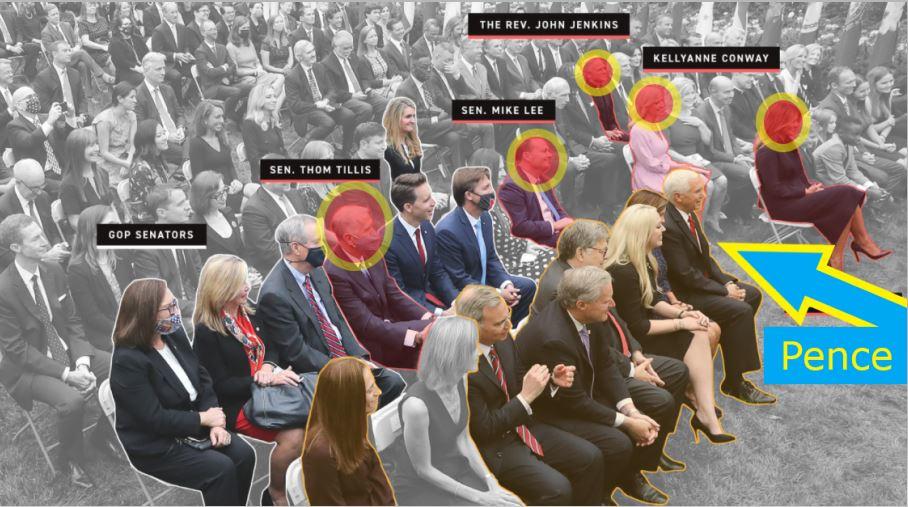Christian Science Monitor
December 17, 2012
The teenager opened her neighbor’s unlocked car, grabbed the iPhone off the armrest and ran home, a few doors away in her downtown neighborhood here.
Perchelle Richardson still isn’t sure why she took the phone. Just five days earlier, for her 18th birthday, her mother had given her a standard, no-frills cellphone. But she loved the way iPhones looked, and her little brothers had seen this one through the car window as they played outside.
The high school student, with no previous criminal record, was arrested and, because her family couldn’t raise the $200 to spring her, would spend 51 days in jail, missing school, before she got her day in court. Her public defenders unsuccessfully asked the judge to release her without court fee and after that could do little beyond bringing her school worksheets, which she craved, she says, because they helped to break her boredom.
Ms. Richardson is symbolic of a little-known criminal-justice crisis that affects the millions of low-income Americans each year who languish behind bars in city and county jails. On any given day, three-quarters of a million people are jail inmates and two-thirds of them haven’t been convicted of anything, according to US Department of Justice statistics. They are awaiting trial, and an estimated 80 percent of them cannot afford to pay bail.
The Emergency Election Sale is now live! Get 30% to 60% off our most popular products today!



